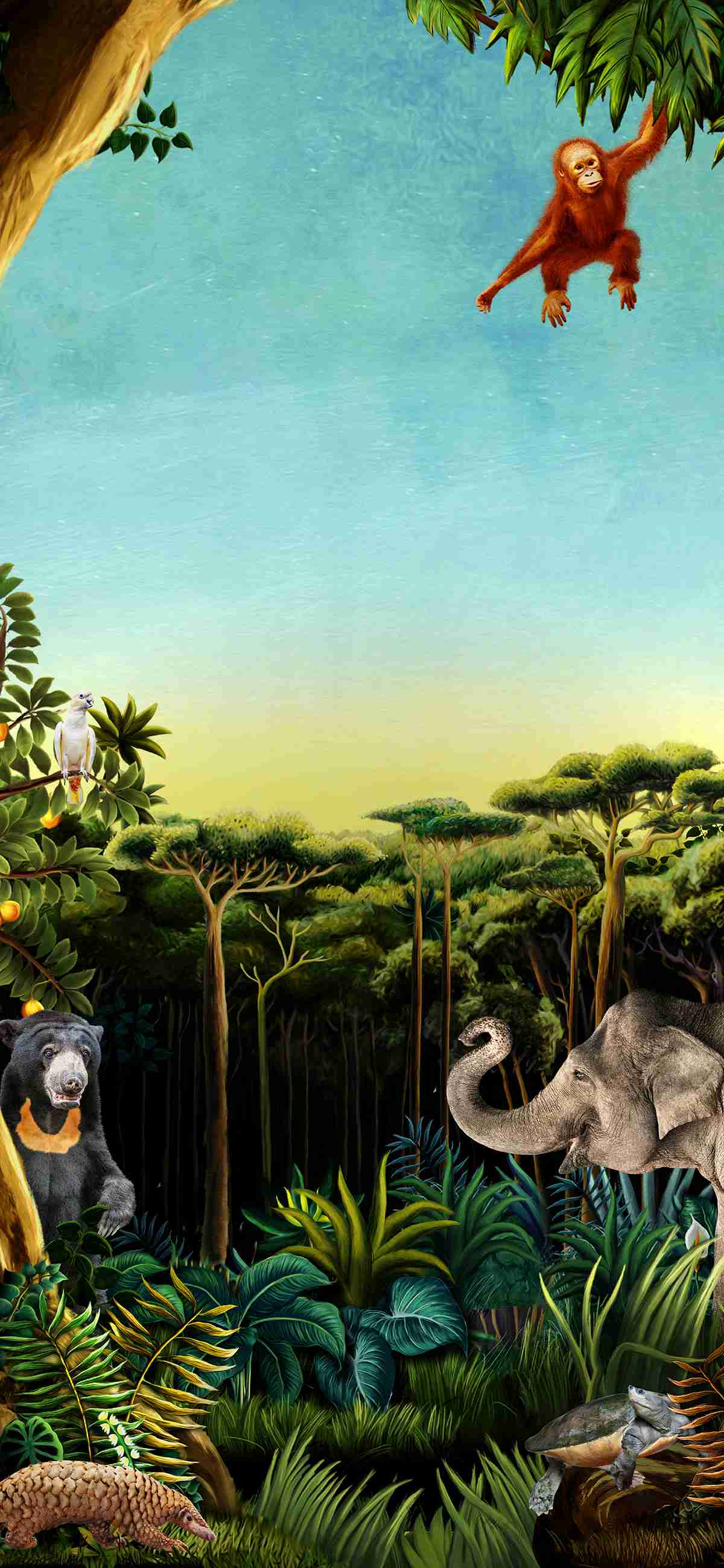The largest panda exhibit built in Southeast Asia, this exhibit spans 1,500m2.
Simulating the bears’ natural habitat with lush plantings, boulders and water features, the state-of-the-art biodome is also temperature- and humidity-controlled to ensure the pandas’ comfort.
Giant Panda Forest is open daily from 10:00am to 6:15pm (last entry 6.15pm).
Feature Highlights
Throwback to mum Jia Jia in her first few weeks of motherhood.
Let’s revisit some of the important milestones in Le Le’s growth from his birth till today.
Singapore's First Panda Cub
Here's some of Le Le's cutest baby photos! Can't get enough of him? Purchase our very first photobook of Le Le and watch him grow!
Photobook
S$
20
/each















